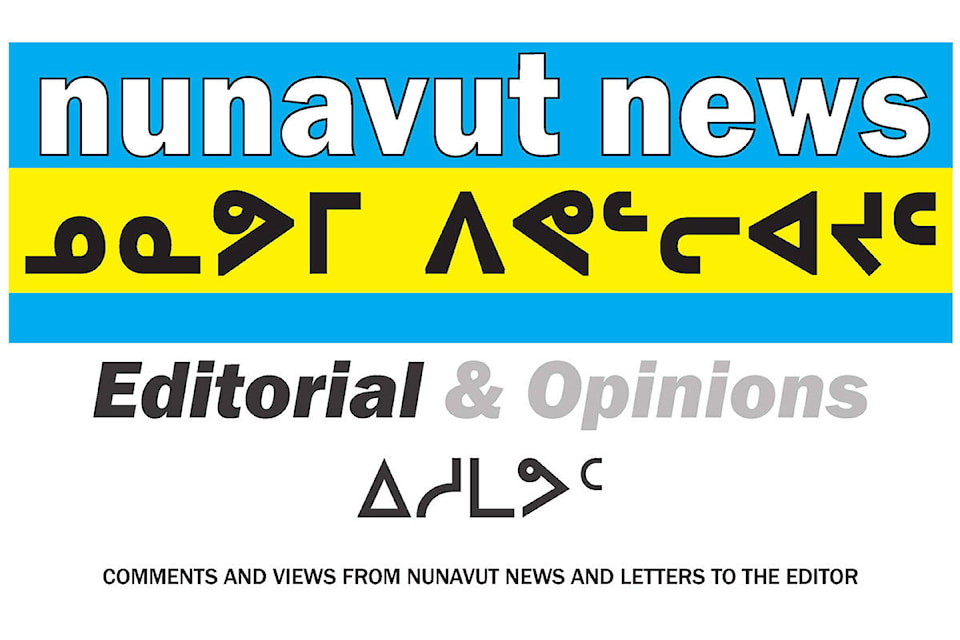While there has always been much to mourn in the past 150-plus years of colonial history, there is also much to be proud of as we celebrate National Indigenous People’s Day on June 21.
Progress has been admittedly slow on many fronts. The federal government has enacted 10 out of the 94 calls to action developed by the Truth and Reconciliation council more than five years ago. And while this current government has outpaced previous ones in terms of making progress toward reparations and concrete steps, there’s a mountain of work ahead and no time to slow down.
Numerous community-based initiatives are underway, many funded in part by the Government of Canada. One area that has seen a great deal of advancement, through concerted efforts by Elders and knowledge-keepers, is Inuit language revitalization.
This is made clear in programming run by the Pitquhirnikkut Ilihautiniq/Kitikmeot Heritage Society, which has started a one-on-one mentorship program involving eight people who are learning Inuinnaqtun.
There are other initiatives such as Inuktitut language programming for families, the workplace and cultural activities offered by the Ilitaqsiniq Nunavut Literacy Society, which operates out of Cambridge Bay, Rankin Inlet and Iqaluit.
“Ilitaqsiniq defines literacy as ‘seeing and knowing what you see,’ a definition developed by Inuit Elders in Gjoa Haven, Nunavut,” states the organization’s website.
This is important in the quest to preserve language, because language is where the heart of a culture lives.
For more than 30 years, the Inuit Heritage Trust’s (IHT) Place Names Program has recorded Elders’ knowledge of the land and hundreds of traditional place names all over Nunavut.
Preserving these names that are at risk of being lost due to the effects of Eurocentric naming conventions and colonization is critical work, and is reflected in the warm welcome the project has received in communities over the years.
“People love these maps, it’s kind of visceral almost, they feel so strongly about having access to this information,” says Lynn Peplinski, traditional place names manager with the IHT. “Because it represents so much, if you live in Arctic Bay or any community, you know this information is disappearing. This is a tangible source of traditional knowledge; I think for a lot of people this is really important.”
On June 14, the Government of Canada also announced the first four appointees to the new Office of the Commissioner of Indigenous Languages: commissioner Ronald E. Ignace and directors Robert Watt, Georgina Liberty and Joan Greyeyes.
Ignace stated, “We celebrate this day where we breathe new life into all of our Indigenous languages for the future. Our languages will no longer stand in the shadow of other languages here in our land. Let us always honour our Indigenous languages.”
Inuit Tapiriit Kanatami president Natan Obed welcomed the announcement, saying the office would “support Inuit through research and monitoring … as well as other mechanisms to ensure the protection, revitalization, maintenance and promotion of Inuktut.”
All of these initiatives serve to strengthen the ties to the land that we live on.
“This is the thing with these names, it really makes the land come alive, if you speak fluent Inuktitut and you hear the names, it just evokes images of what you’re going to find there, unlike Frobisher Bay, (which) doesn’t tell you anything,” Peplinski explained.
It’s encouraging that honouring the past can be accomplished through learning and reconnecting to traditional knowledge with the aid of so many committed individuals.
